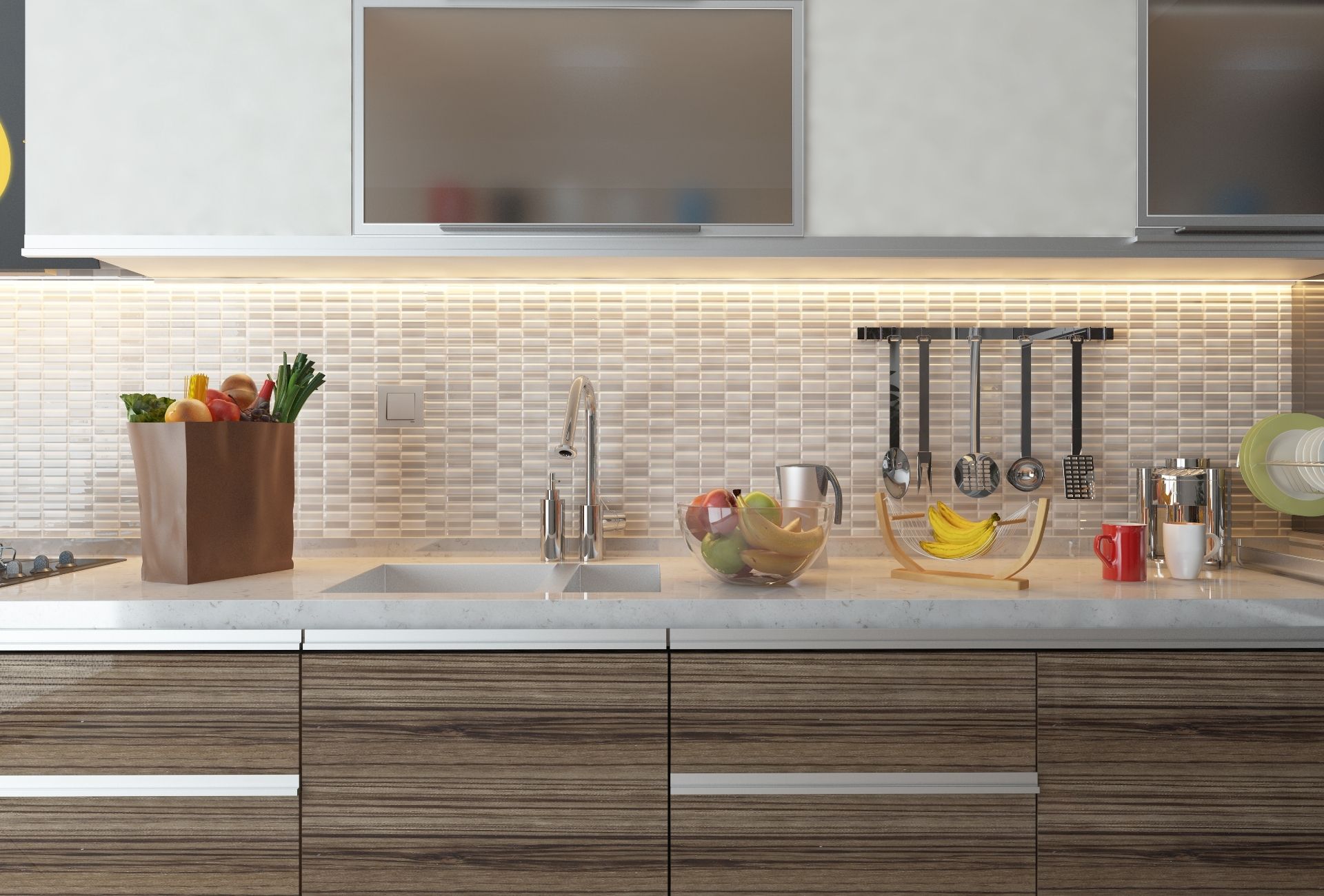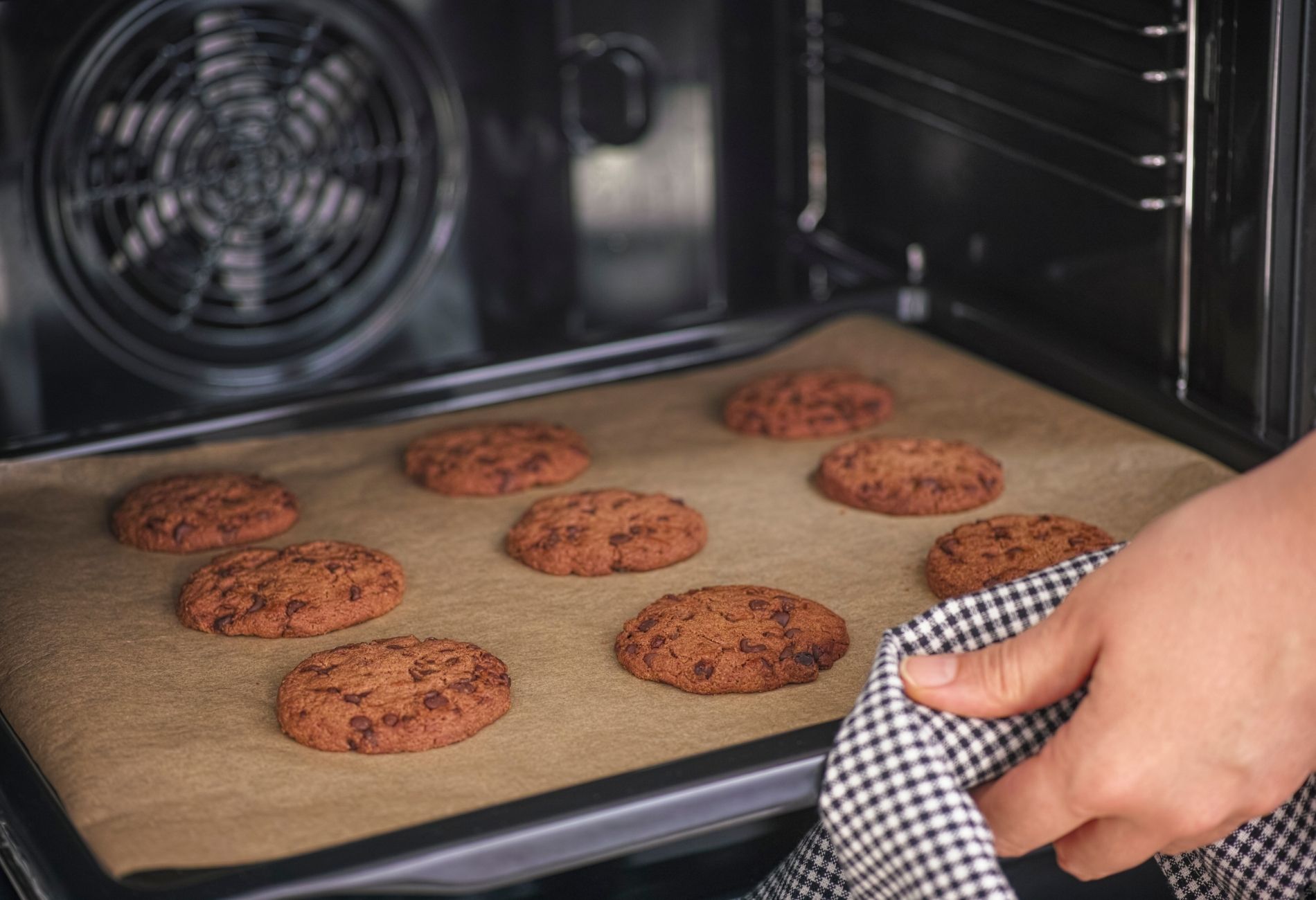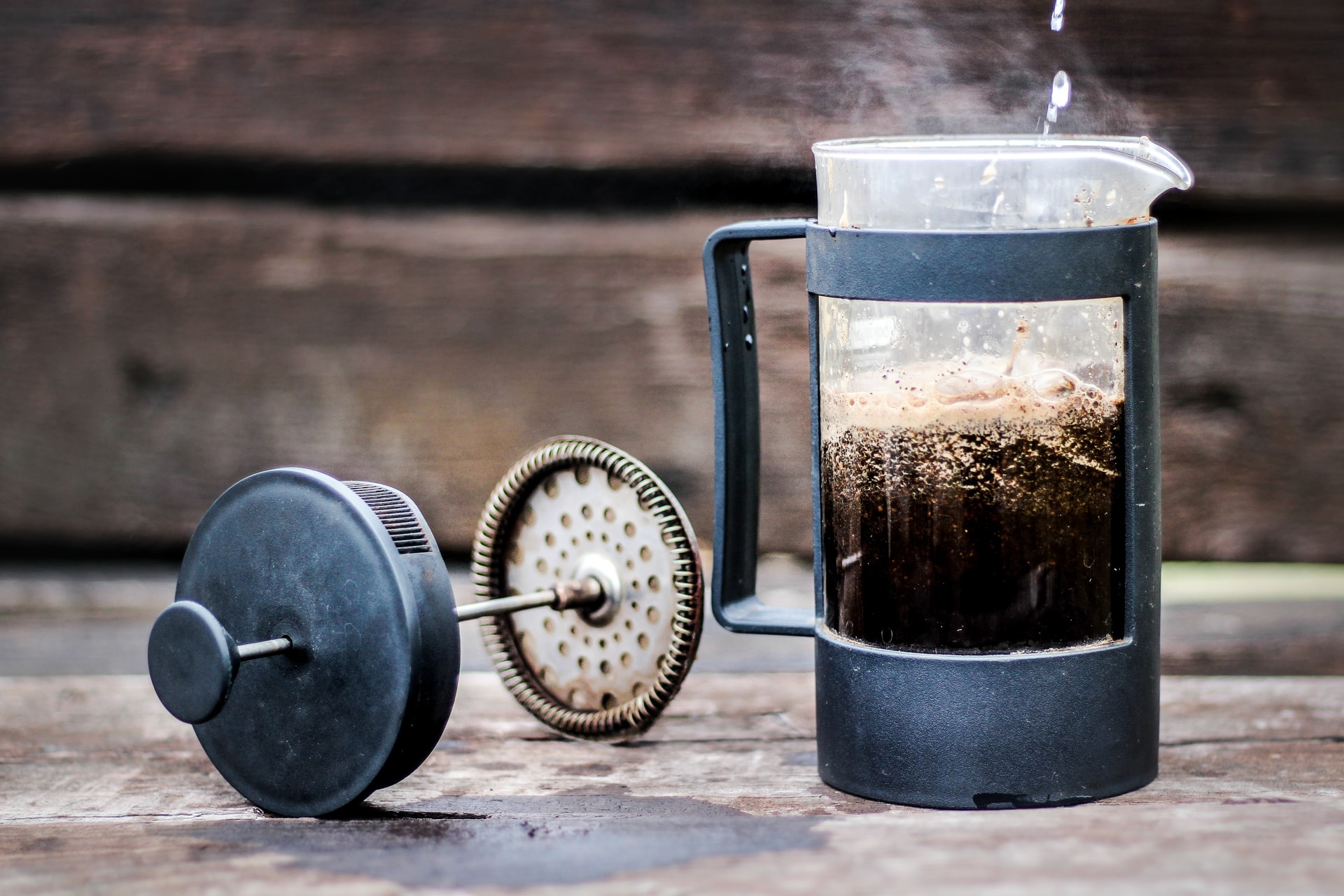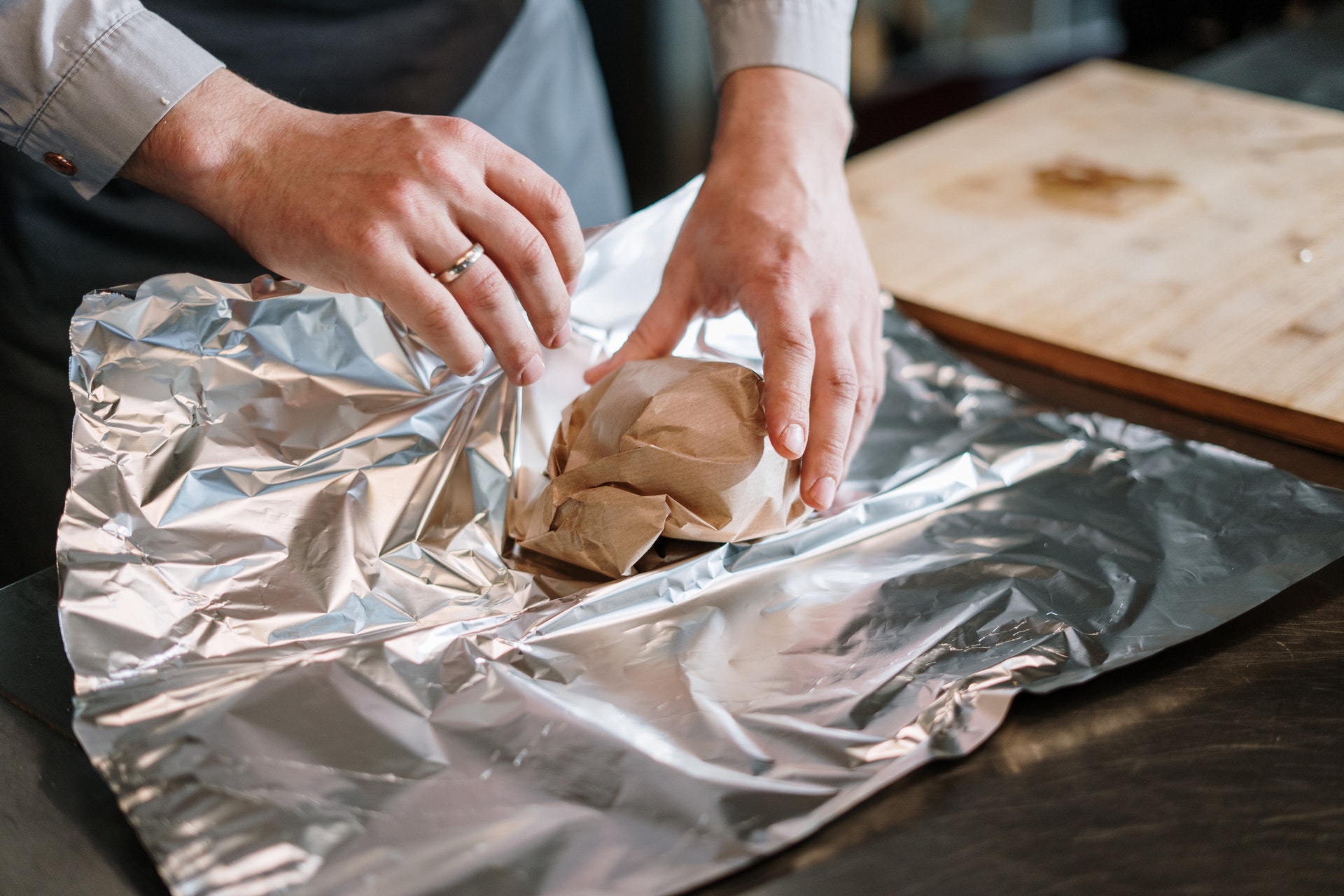The French press is a popular choice for many coffee drinkers to perfect their cup of coffee. Brewing time can be adjusted to suit a person’s needs, while also eliminating paper filters, providing a more robust flavor. A French press places coffee grounds in the bottom of the glass and allows them to seep in hot water. Once it’s been brewed, the plunger is slowly pressed down and the metal filter traps the grounds. Just like drip coffee makers, a French press should be cleaned regularly. At the least, after every use to remove grounds and then a deeper clean once a week. Remaining coffee oils can turn your next cup rancid. Here’s how to clean yours. What You’ll Need: Sink or bucket Automatic dishwasher Microfiber cloths Wooden or plastic spatula Dishwashing liquid with a degreaser Distilled white vinegar Citric acid powder Hydrogen peroxide Dishwasher detergent Directions: Empty the Coffee Grounds: Most of the coffee grounds will be concentrated at the bottom of the carafe. Use a wooden or plastic spatula to loosen the grounds so they can be emptied easily. Do not use a metal utensil as that can leave scratches. Rinse Components With Hot Water: Rinse out the few remaining coffee grounds in the press with hot water. Leaving the filter and plunger connected, rinse them well with hot water. Add Dishwashing Liquid: Once the grounds are rinsed away, add a couple of drops of dishwashing liquid, preferably a brand that includes a degreaser. Add Hot Water: Fill the carafe half-full with hot water. Put the plunger/filter into the carafe and gently plunge it up and down about three times to help remove oils and residue. Empty and Rinse Well: Pour the soapy water down the sink and rinse each component well with hot water. Dry the French Press: Separate the components and allow them air-dry in a dish drainer. Or, use a lint-free microfiber cloth to dry each piece. How to Deep Clean: Empty Coffee Grounds and Rinse Well: Dispose of the coffee grounds and rinse the press well with hot water to remove all the loose grounds. Disassemble the Components: Unscrew the filter from the plunger. You may need to rinse the filter again to remove any remaining coffee grounds. Prepare a Cleaning Solution: In a sink, large bowl, or bucket, prepare one of these mixtures: Mix two cups of hot water, two teaspoons of dishwashing liquid, two teaspoons of citric acid powder, and two teaspoons of hydrogen peroxide. Mix one cup of distilled white vinegar and three cups of hot water. Soak the Filter and Plunger: Completely submerge the filter and plunger in one of the cleaning solutions and allow them to soak for at least four hours or overnight. Wash the Carafe and Lid: Add a few drops of dishwashing liquid and fill the carafe about half-full with hot water. Use a microfiber cloth to thoroughly wash the interior of the carafe.If you see white spots or deposits on the interior of the carafe, fill the carafe with three parts hot water and one part distilled white vinegar and allow the mixture to sit in the carafe overnight. Wash the lid in a bit of soapy water. Rinse Well and Dry: Once all of the components have completed the required soaking time or cleaning, rinse each one well with hot water. Allow the pieces to air-dry in a dish drainer or dry with a microfiber cloth. Source: the Spruce









